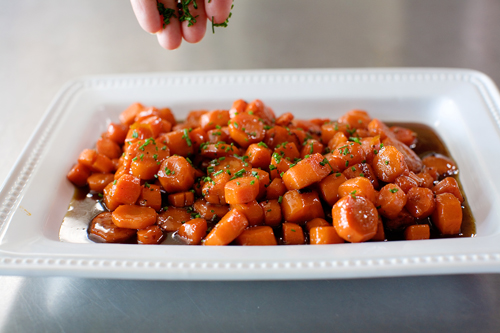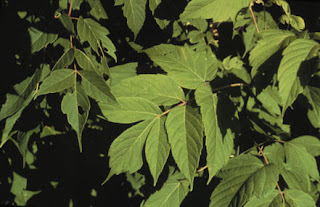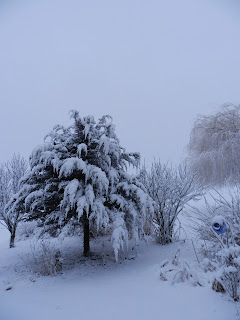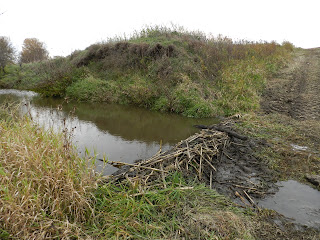It’s
the current popular tag line for an incoming joke line or statement. It gets attention by making you stop what
you’re doing and wait for it.
Gardening
has a tag line that calls for a “wait for it”.
Few things in nature give immediate results with the exception of laying
out large sums of money. Even then,
nature will still hold something back or prove you’re really not quite as in
charge as you imagined.
Planting
spring flowering bulbs is one of those long “wait for it” examples. I’ve often thrown bulbs in the ground so fast
and furious because of nasty weather that I’m totally amazed when I see
something blooming next spring.
What’s
the secret of healthy spring flowering bulbs?
Location! Location! Location!
Very few will tolerate sitting in poorly drained soil; they will
rot. Like most plants, they enjoy ideal
situations. To make them grow and bloom
to their potential, amend the soil; especially clay. I mention this because most of us have some
clay in our Midwest gardens. Clay holds moisture
and then dries like a hunk of cement – neither beneficial to bulbs. .
Another
little pesky issue is rodents. If you
plant your bulbs just perfect every year and then have none in the spring,
rodents may be your problem. Dig the hole,
line the bottom and sides with chicken wire and then add your bulbs. If cats and dogs are digging up your bulbs,
lay chicken wire about an inch below the ground surface when covering the
bulbs.
If
your bulbs bloom like crazy the first year and then nothing, again see if it is
too wet where you planted (did they rot?)
Dig down gently and see what happened.
If there are empty shells or they are mushy, chances are they
rotted.
Many
bulbs can be coated to discourage insect and disease damage. If the bulb has little holes drilled in the
sides, chances are it was insect damage.
There
are several fertilizers marketed for bulbs.
If you amend your soil properly, you won’t need these.
A
few folk remedies:
·
Sprinkle
bone meal around the planting site. This
usually gets every dog in the area digging up your precious bulbs.
·
Adding
hair, egg shells, and other stuff in the hole with the bulbs. Essentially they are adding nutrients. If you think they work, go ahead and
use. They will seldom do any harm.
Cutting
flowers from your plants will not harm the plant.
Size
of the bulb does matter. Different
species have different sized bulbs. In
each, you may find many different sized bulbs offered. Basically the larger the bulbs in that
species, the bigger and more healthy the plant.
That doesn’t mean you won’t get a lot of satisfaction from a bag of
cheapies.
Last,
do not trim off or tie in a bunch the dyeing leaves of spring flowering
plants. If they offend your senses,
plant spring flowering bulbs where other plants will come up and eventually
shield the site of the dying leaves.
These leaves are the way the bulbs get nutrients for the next bloom
season.
We’ve
been so very fortunate this fall to have ample time to plant spring flowering
bulbs. Hope you managed to throw several
in the ground for your - wait for it – wait for it – beautiful spring display.
.JPG)
.JPG)
.JPG)


.jpg)





.JPG)








.JPG)


.JPG)
.JPG)

 Ree Drummond (
Ree Drummond (





.JPG)





.JPG)



.JPG)



